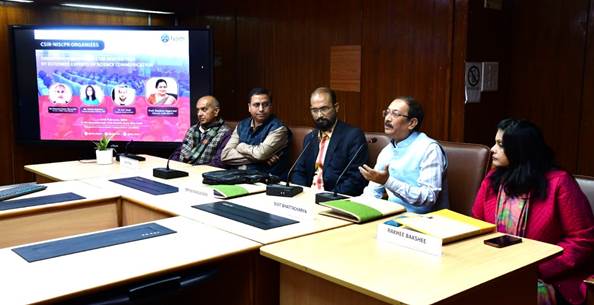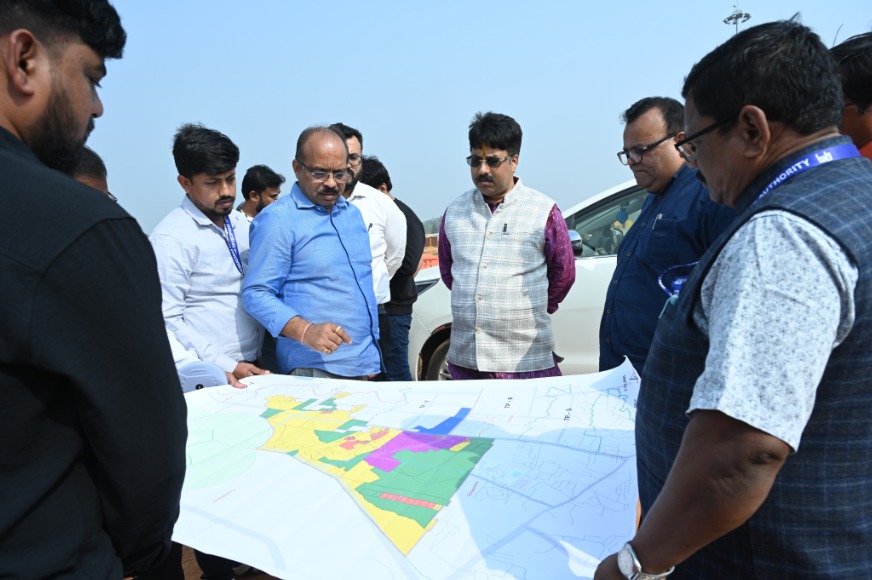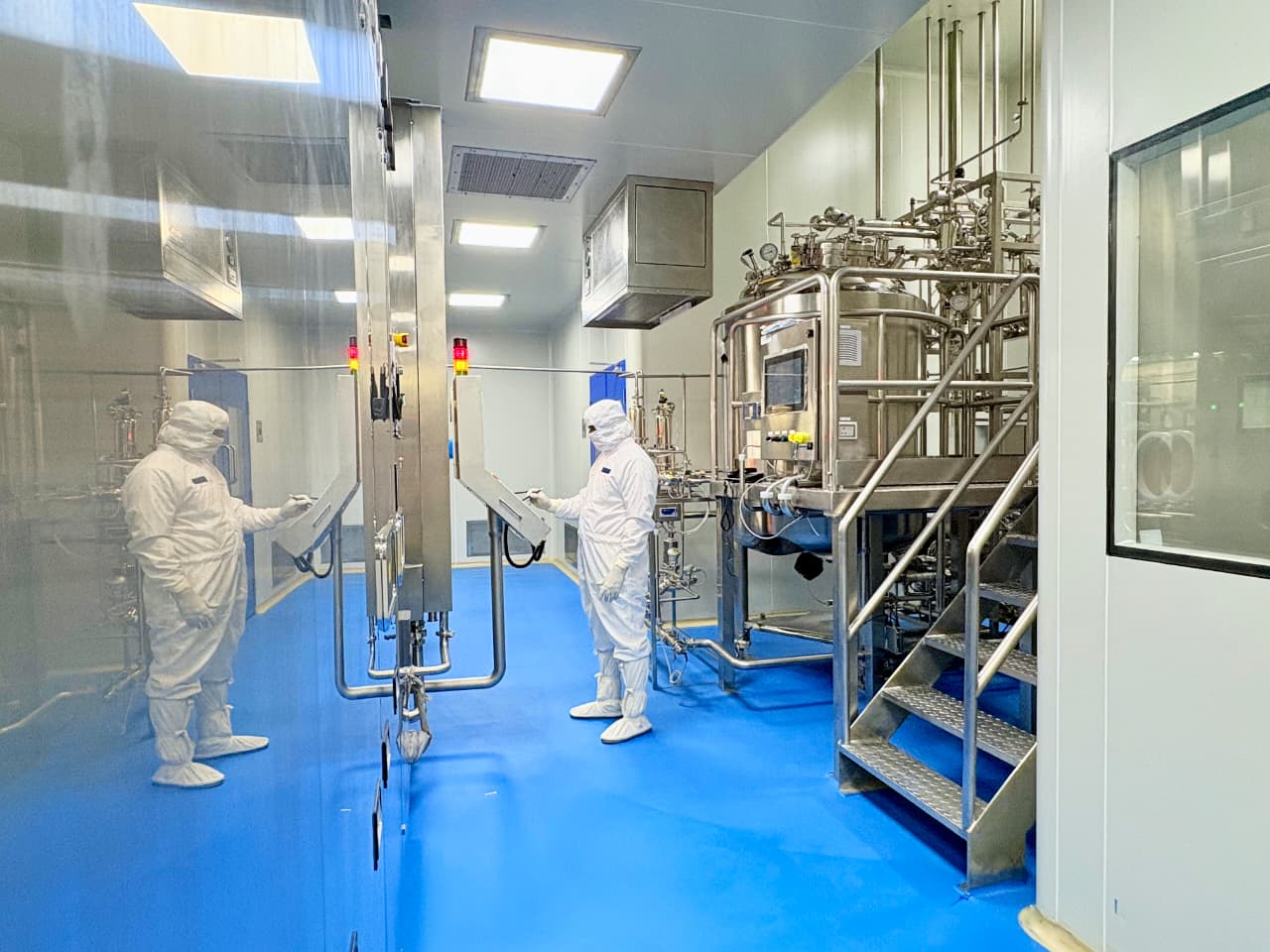New Delhi: The CSIR-National Institute of Science Communication and Policy Research (NIScPR) held a transformative Orientation Workshop today in the heart of New Delhi, aimed at fortifying its Science Media Communication Cell (SMCC) with strategic insights from distinguished experts. The workshop focused on enhancing the SMCC’s capabilities to effectively communicate science and technology (S&T) related information from Indian science to the wider public.
During the inaugural session of the workshop at CSIR-NIScPR, Dr. Dipendra Mazumder, Faculty at the National Academy of Broadcasting and Multimedia (NABM), Prasar Bharati, shared valuable insights on “Communicating S&T information effectively via radio.” He emphasized the potency of radio as a medium to disseminate scientific knowledge to diverse audiences across the nation, citing examples of All India Radio’s successful science communication endeavors.
Ms. Rakhee Bakshee, Communication Advisor at the Indian Institute of Public Administration (IIPA), delved into “The Role of Short Videos and Reels in communicating science,” underlining the growing significance of engaging, concise content in the digital age. She stressed the need for caution in handling misinformation on social media, advocating for information verification and prompt fact-checking to combat the challenge.
Renowned science communicator, Dr. B.K. Tyagi, contributed to the workshop by discussing “Communicating science through traditional folk Media.” He showcased the potential of leveraging familiar cultural expressions to connect with communities and promote scientific understanding. Dr. Tyagi presented examples illustrating how to approach, communicate, and present scientific information effectively through traditional folk media.
Dr. Sujit Bhattacharya, Chief Scientist and officiating Director of CSIR-NIScPR, emphasized the pivotal role of effective science communication in bridging the gap between scientific research and the public. He remarked, “This workshop equips the SMCC with the necessary tools and strategies to disseminate complex S&T information in a clear, engaging, and accessible manner.” Dr. Bhattacharya also suggested the formation of a peer-review committee comprising scientists and experts for fact-checking related to social media content.
The workshop provided the SMCC with a holistic understanding of diverse communication channels and techniques, empowering them to tailor their communication approach for specific audiences and enhance public engagement with science.
Dr. Naresh Kumar, Head of the Project Monitoring and Evaluation Division at CSIR-NIScPR, highlighted the significance of the Science Media Communication Cell (SMCC) and its role in disseminating Indian R&D breakthroughs across various media platforms. Dr. Manish Mohan Gore, Scientist at CSIR-NIScPR and Principal Investigator of SMCC, outlined the mandate of SMCC, its key activities, and the orientation workshop’s objectives to inspire the participants about science communication. The workshop drew active participation from SMCC staff members and Ph.D. students, fostering valuable learning experiences from each expert presenter.
The Council of Scientific and Industrial Research-National Institute of Science Communication and Policy Research (CSIR-NIScPR) is committed to advancing science communication, evidence-based S&T policy research, and promoting scientific awareness among the public. Through innovative initiatives and collaborative efforts, CSIR-NIScPR endeavors to bridge the gap between the scientific community and the general public.





